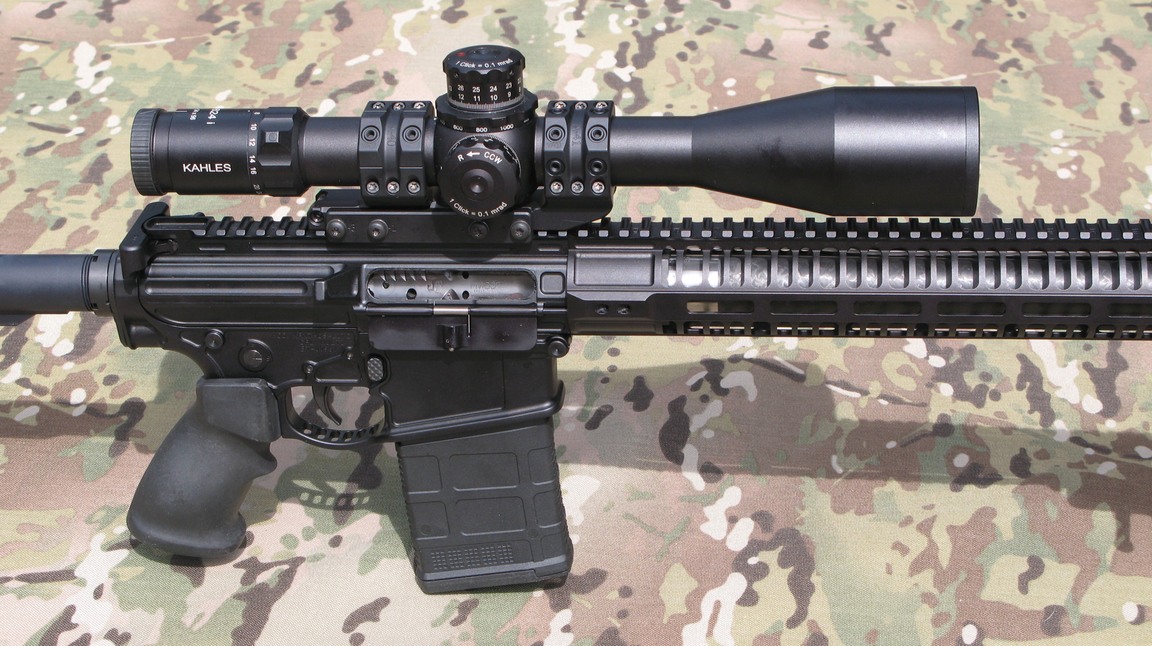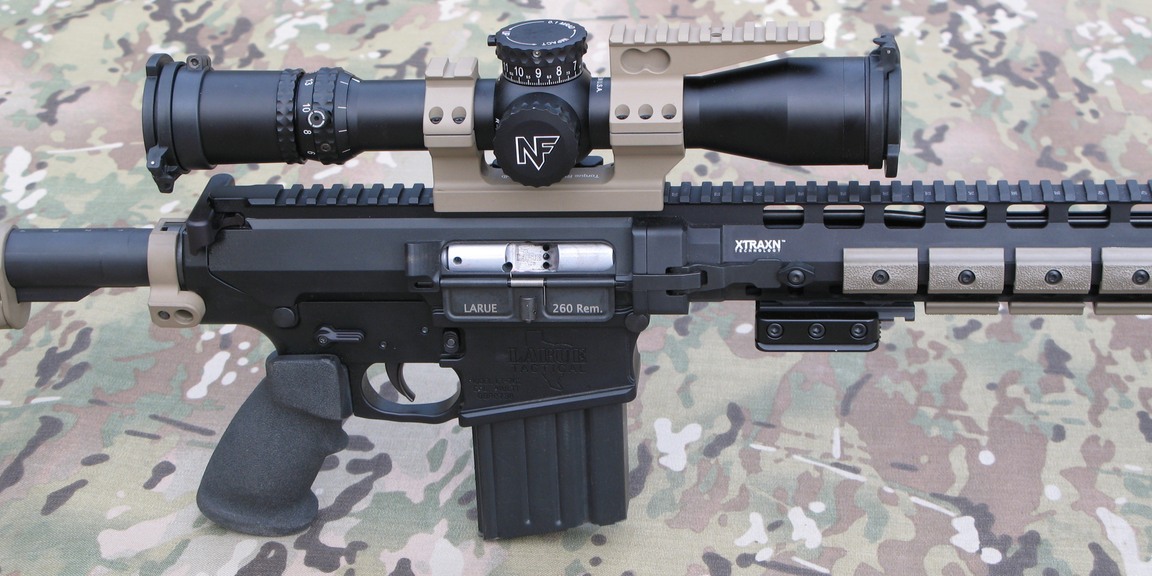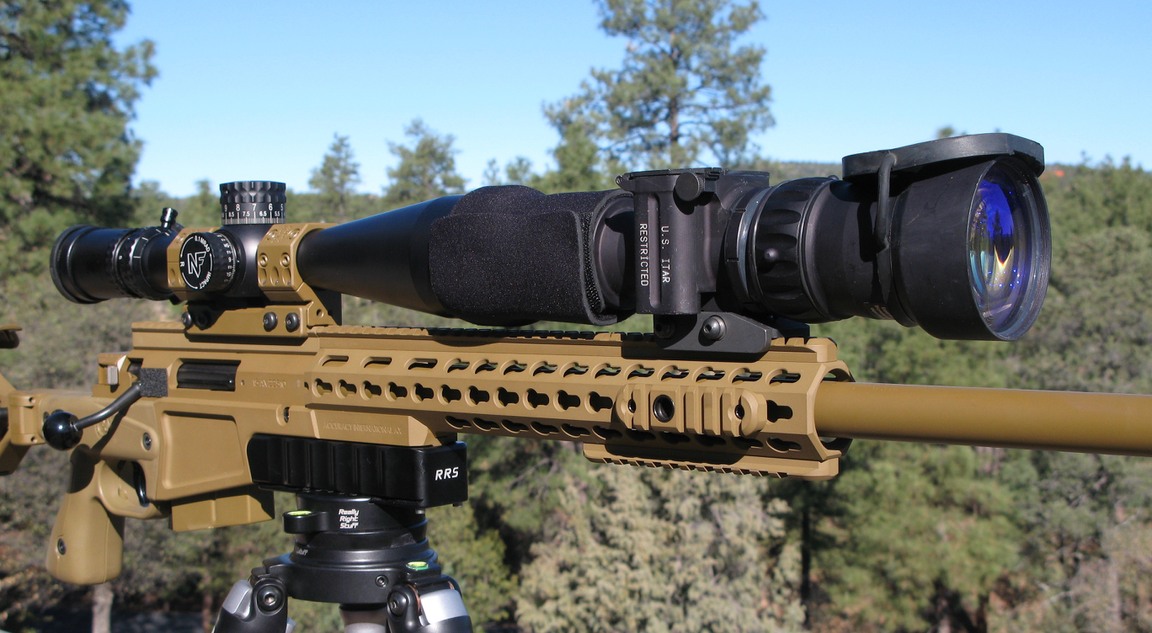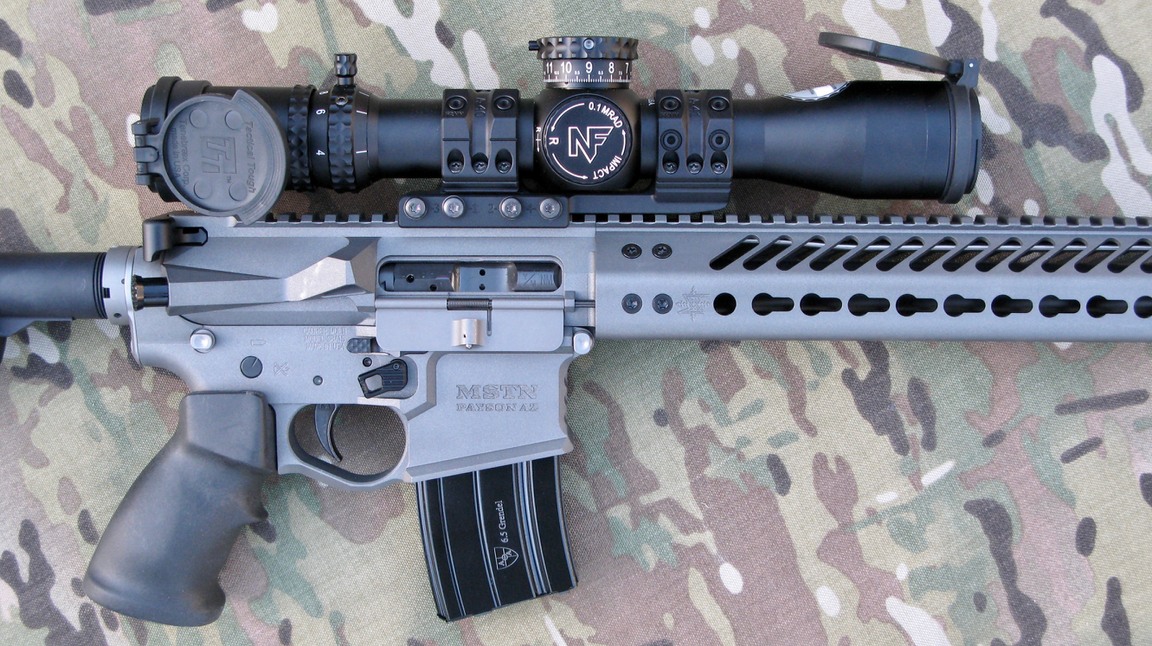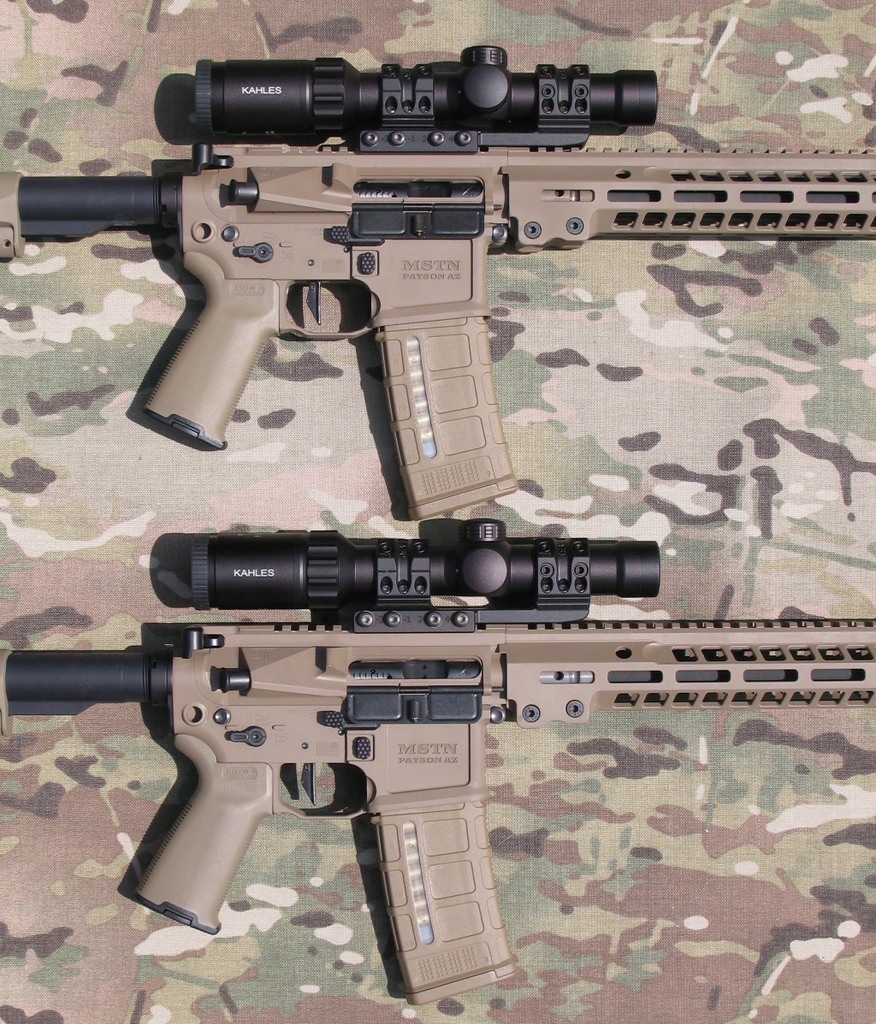soo im new to precision semi automatics, i am/was more a bolt action rifle guy and decided i need a precision semi automatic.
i build 2 rifles with parts i had laying around and bought a 18" and a 20" barrel and today started mounting my scopes.
i had 1 set of rings left over from a previous rifle, they are vortex precision matched rings and were high enough for the scope, so that rifle is finished, the second rifle, which had a little bit larger budget and better components received a temporary scope mount, its one of those ar15 1 piece offset mounts and it works, but its cheap chinesium and im looking to buy some good mounts.
here my question, should i get the classic 2 piece rings that you see on bolt actions, or a 1 piece offset mount?
whats the difference between them, and why would i need it? also, why are there different offset values?
i build 2 rifles with parts i had laying around and bought a 18" and a 20" barrel and today started mounting my scopes.
i had 1 set of rings left over from a previous rifle, they are vortex precision matched rings and were high enough for the scope, so that rifle is finished, the second rifle, which had a little bit larger budget and better components received a temporary scope mount, its one of those ar15 1 piece offset mounts and it works, but its cheap chinesium and im looking to buy some good mounts.
here my question, should i get the classic 2 piece rings that you see on bolt actions, or a 1 piece offset mount?
whats the difference between them, and why would i need it? also, why are there different offset values?


